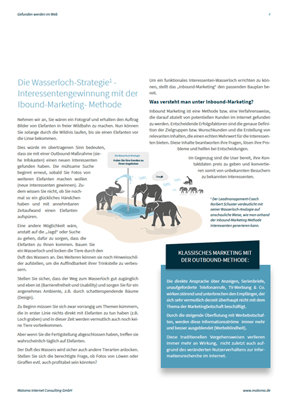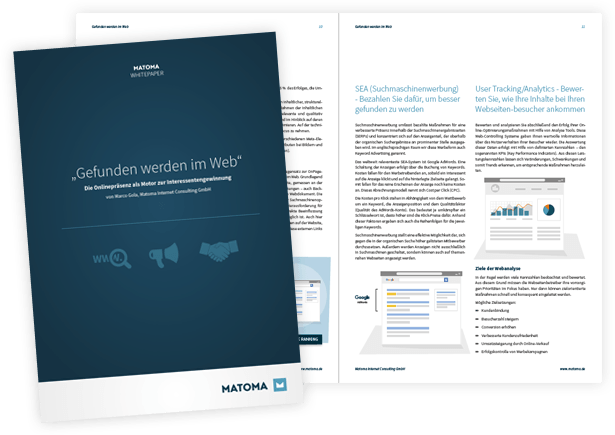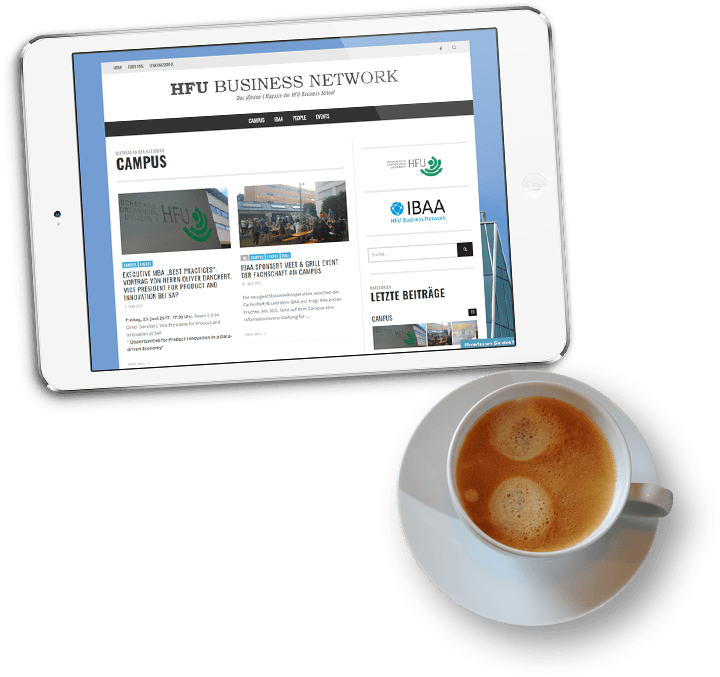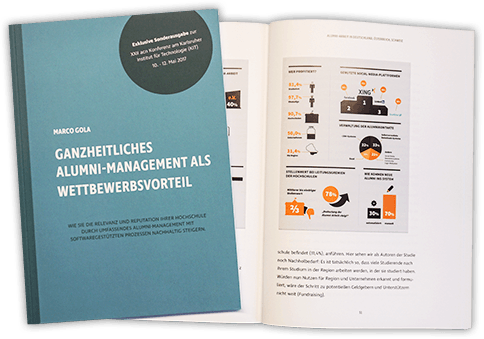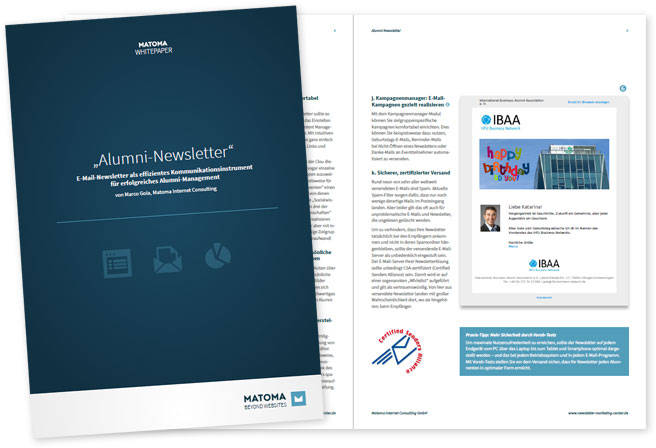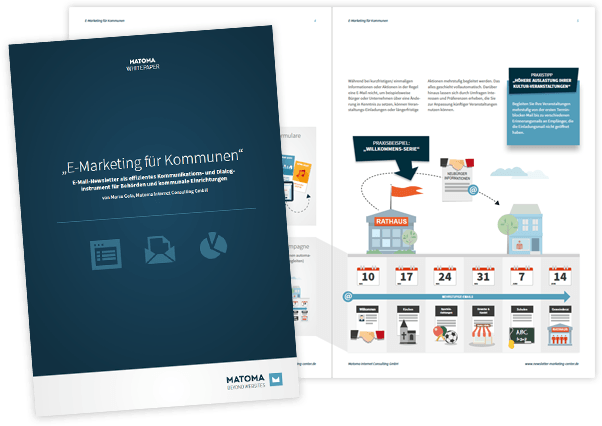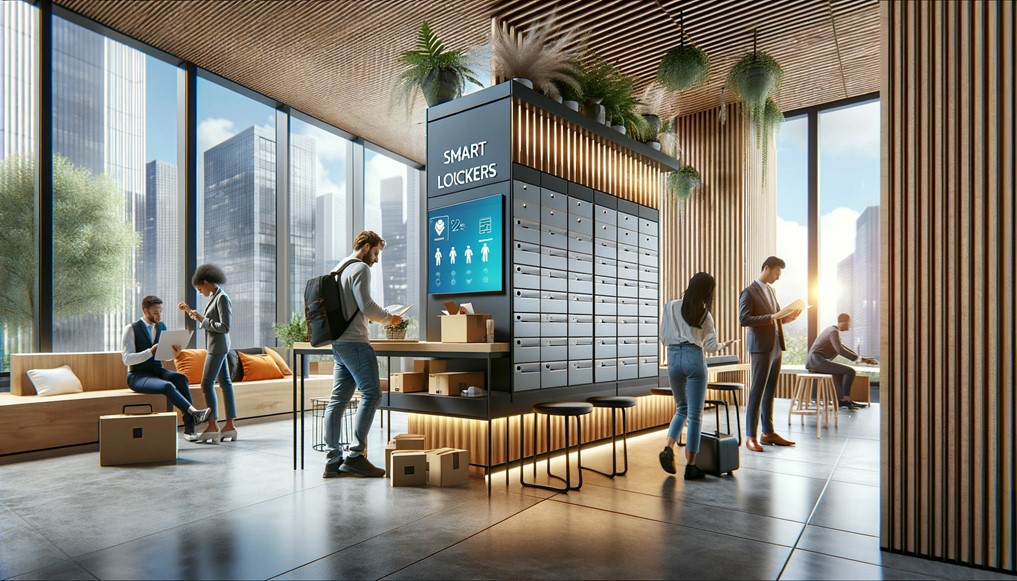
The world of work is on the threshold of a new era. While digital technologies have already fundamentally changed our private lives and society, the wave of digitalization is now beginning to transform office workplaces to an unprecedented extent. At the heart of this change is the Internet of Things (IoT) – a technology that has the potential to radically change not only the way we work, but also the environments in which we work.
For a long time, facility management – the discipline concerned with the physical and functional management of workplaces – was relatively untouched by this digital revolution. It mainly focused on maintaining building infrastructure and efficient use of space. But the introduction of IoT in the office context opens up completely new possibilities: every object can become part of an intelligent system that provides data, automates processes and improves the working environment.
The importance of this development cannot be underestimated. With IoT, potentially every object in the office – from a radiator to a desk chair – becomes a digitally controllable object that can send information about its status, respond to user interactions and integrate into a network of other objects and services. This deep integration of technology into the physical workplace has the potential to not only increase efficiency and productivity, but also enable entirely new forms of collaboration and workplace design.
But with great opportunities also come great challenges. The introduction of IoT in the office not only requires an overhaul of the technical infrastructure, but also a rethinking of architecture, planning and facility management. Additionally, the question is how companies can best use these technologies to truly improve their work environments without compromising employee privacy or creating new security risks.
In this light, it becomes clear that the digital transformation of the office workplace is much more than just a technical challenge. It is an opportunity to fundamentally reshape the way we work and create workplaces that are not only more efficient and safer, but also more enjoyable and inspiring. In the following sections, we will take a closer look at the implications of this transformation, particularly the role of smart lockers as a pioneer of workplace technology, and discuss how companies can prepare for the changes ahead.
Smart Locker – applications and examples
In the world of digitalized office workplaces, smart locker systems (smart lockers) represent a key technology that not only revolutionizes the way we store personal items and work equipment safely, but also how We design internal processes and the exchange of goods and information in everyday office life.
Versatile applications of smart lockers:
- Personal storage: Employees receive flexible and secure storage space for their personal belongings, accessible via an app or an employee badge. The allocation of subjects can be dynamically adjusted according to demand, maximizing usage efficiency.
- Parcel and postal management: It enables the delivery of parcels and postal mail to Smart Lockers Employees to pick up shipments at any time. This not only reduces the workload of reception areas, but also ensures discreet and safe delivery.
- IT equipment management: From issue to return to maintenance – Smart Lockers offer a streamlined IT device management solution that both reduces the burden on the IT department and improves device availability for employees.
- Fleet and key management: Managing keys for company vehicles via smart lockers simplifies this Fleet management significantly and enables transparent and safe handling.
Integration into larger office environments:
The true power of a smart locker lies in its ability to fit into existing and future digital ecosystems. Through IoT connections, locker systems can provide real-time information, be it usage, condition or required maintenance. This allows facility management to operate on a data-driven basis, using resources more efficiently and optimizing operations.
Implementing smart lockers goes far beyond providing secure storage options. It forms the basis for a smarter, connected and efficient work environment that meets the needs of modern offices. Thanks to their versatile application options, smart locker solutions not only support facility management, but also contribute to improved work quality and employee satisfaction. The future of office workplaces is smart – and smart lockers play a central role in this.
The future of office design in the age of digitalization
As the digital transformation of the office workplace continues, the role of architecture and planning is also fundamentally changing. Traditional office buildings, once designed for static ways of working, are increasingly giving way to dynamic, technology-integrated environments. This evolution requires a new approach to workplace design and furnishing that takes digital solutions such as IoT and smart lockers into account from the outset.
The need for workplace technology skills
The effective integration and use of technologies such as smart lockers requires specialized knowledge. This is where workplace technology comes into play – a field that deals with the application and management of technologies in the workplace. Skilled workers in this area are essential to fully leverage the benefits of digital transformation while addressing challenges such as data protection and IT security. Developing workplace technology skills is becoming a priority for companies that want to be successful in the modern world of work.
Conclusion: A connected and intelligent work environment
The digital transformation of the office workplace, led by technologies such as IoT and smart lockers, represents not only a challenge but also a tremendous opportunity. It enables the creation of connected, intelligent work environments that provide flexibility, Offer security and efficiency. By adapting to these developments, companies can not only increase employee satisfaction and productivity, but also take a leading role in shaping the future of work.
The role of IoT and smart lockers as pioneers of workplace technology underlines the importance of digital transformation for the office workplace. They impressively show how traditional working environments can be rethought and designed through the use of innovative technologies. The digital transformation of the office workplace is therefore not just a technical evolution, but a comprehensive cultural change that is permanently changing the way we work.
In this sense, IoT and smart lockers not only open up new possibilities for facility management and office design, but also offer the opportunity to create workplaces that meet the needs and expectations of the modern working world . The digital transformation of the office workplace is a path that companies can successfully pursue with foresight and a spirit of innovation – for a future in which technology and people work in harmony.
What are Smart Lockers?
Smart Lockers are intelligent locker systems that are controlled by software and support a variety of functions such as access control, notifications and flexible assignments.
How are smart lockers different from traditional lockers?
Unlike traditional lockers, Smart Lockersexpanded digital capabilities, including remote access, usage monitoring, and integration with other office management systems.
What is Workplace Technology?
Workplace-Technology refers to the application of modern technologies and digital solutions to optimize work environments and improve workplace efficiency and satisfaction.
How can IoT influence workplace design?
IoT enables the networking and control of various Devices and systems in the office, resulting in a smarter and more adaptable work environment. This includes everything from climate control to intelligent lighting systems and Smart Lockers.
Can smart lockers be integrated into existing IT infrastructures?
Yes, Smart Lockers are designed to integrate seamlessly into existing IT systems, allowing for centralized management and monitoring. span>enables.
What security features do smart lockers offer?
Smart Lockersprovide advanced security features such as secure authentication, data transmission encryption, and access logging to ensure the safety of personal belongings and sensitive information.
How can companies benefit from implementing smart lockers?
Companies benefit from increased security, improved Space utilization, increased employee satisfaction and the ability to support flexible work environments.
What role does architecture play in implementing smart lockers?
Architecture plays a crucial role the seamless integration of Smart Lockersinto the office environment by taking into account both aesthetic and functional requirements .
What does the future of workplace technology and smart lockers look like?
The future points to an even stronger one Integrating IoT into the workplace, with Smart Lockers playing a central role in connected, intelligent office environments play.
How do you start implementing smart lockers in a company?
Companies should start with a needs analysis, followed by selecting a suitable Smart Locker system and planning the implementation in collaboration with an experienced Workplace-Technology solutions.



